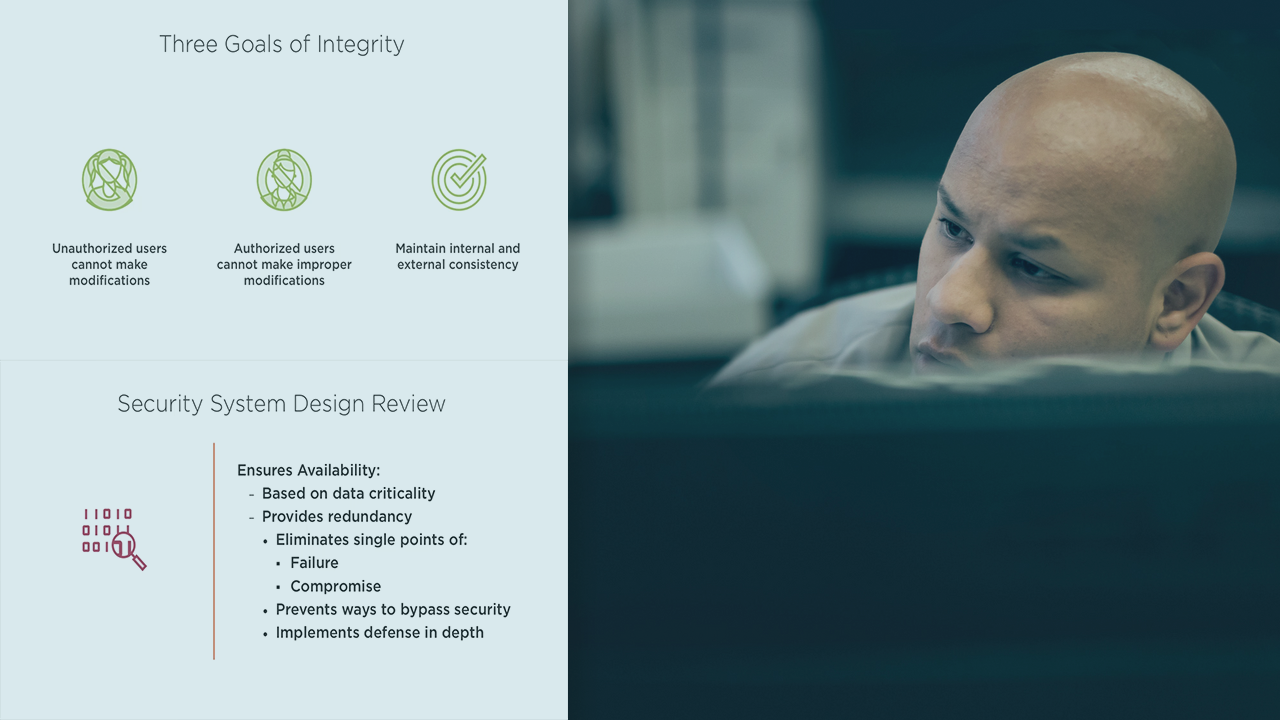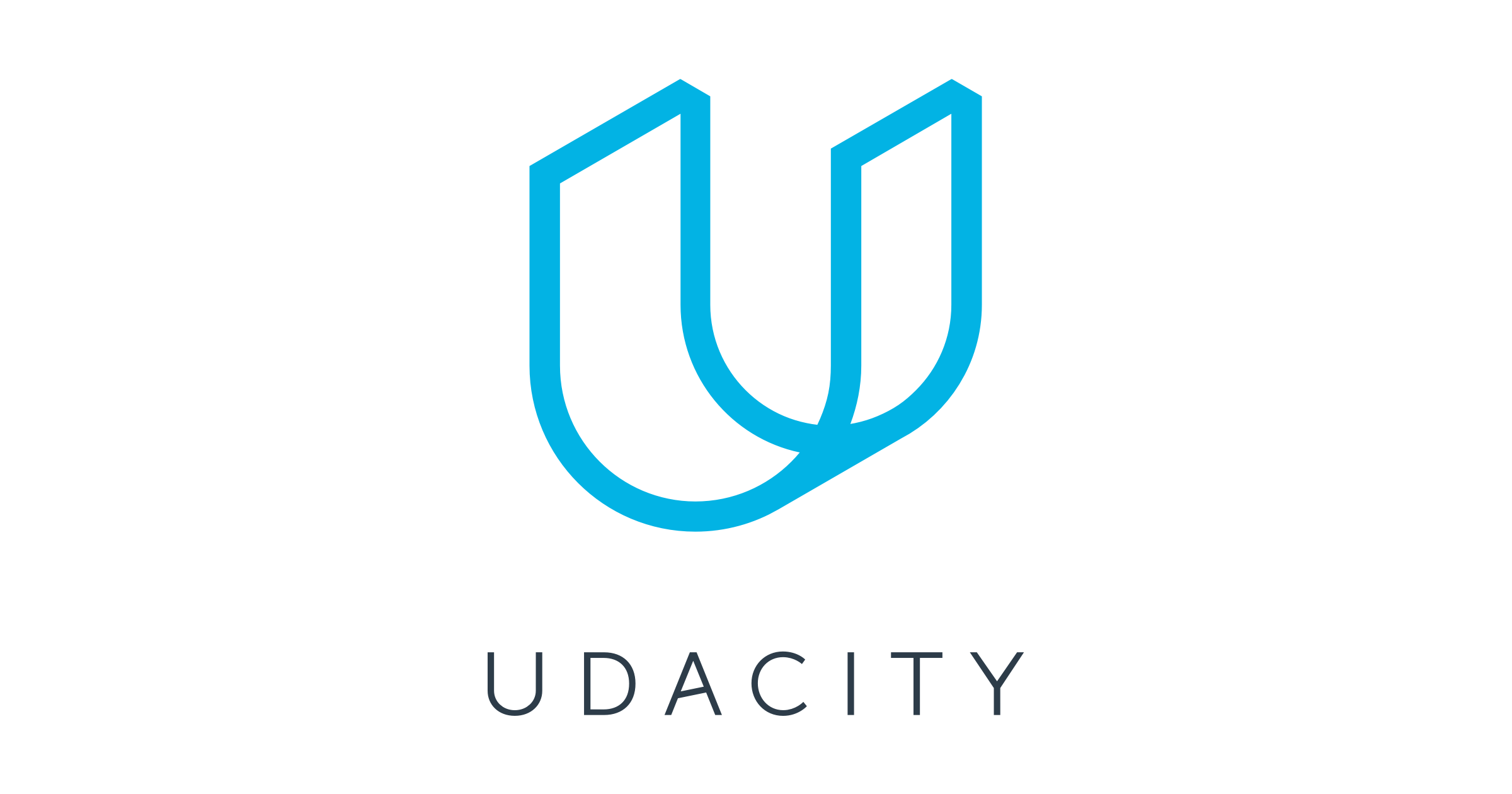Description
In this course, you will learn:
- How to safeguard your personal data, devices, and systems from today's dangers, as well as how to spot and analyze future ones, at home and at work.
- To think about cybersecurity in terms of relative risks and rewards (for an enemy) and costs and benefits (for you).
- To see cybersecurity as a trade-off for usability. The course covers both high-level and low-level instances of risks, giving students with all of the technical knowledge they need to understand them. Assignments based on real-world events.
Syllabus:
- Hacking, cracking
- Social engineering, phishing attacks
- passcodes, passwords, SSO
- Brute-force attacks, dictionary attacks
- Biometrics
- Multi-factor authentication, password managers
- Ethical hacking
- (distributed) denial-of-service attacks
- Viruses, worms, botnets
- SQL injection attacks
- Port-scanning
- Proxies, firewalls
- Automatic updates
- Closed-source, open-source software
- Buffer-overflow attacks
- Secure deletion
- Hashing, salting
- Secret-key, public-key encryption, digital signatures
- Full-disk encryption, ransomware
- Cookies, sessions, incognito mode
- Anonymization, de-identification
- Verification
- Operating systems, app stores









